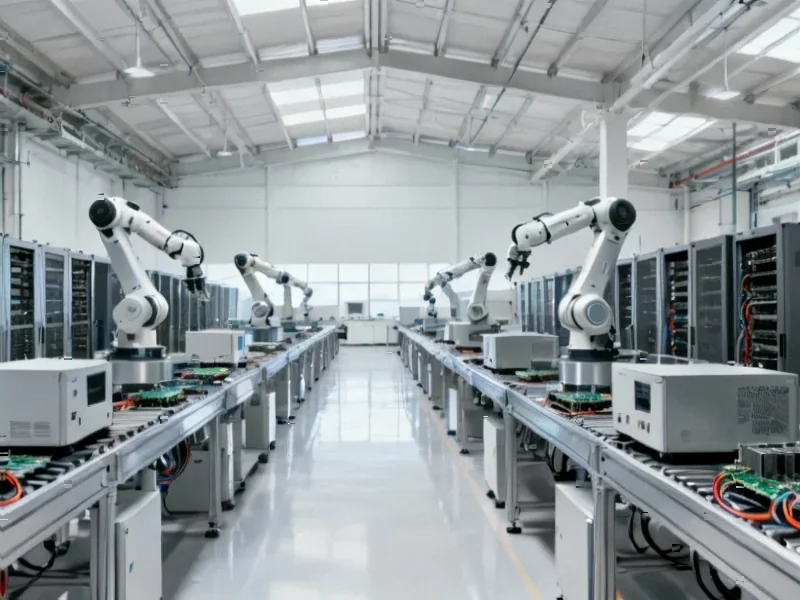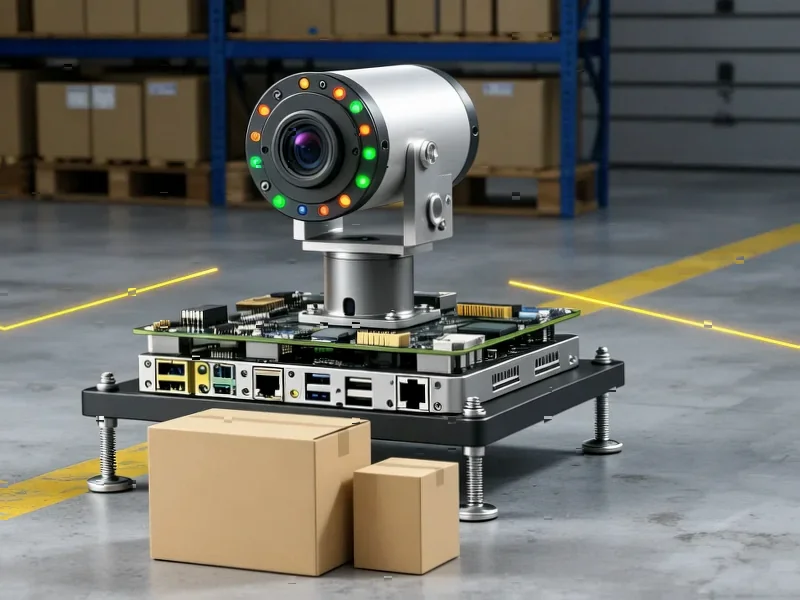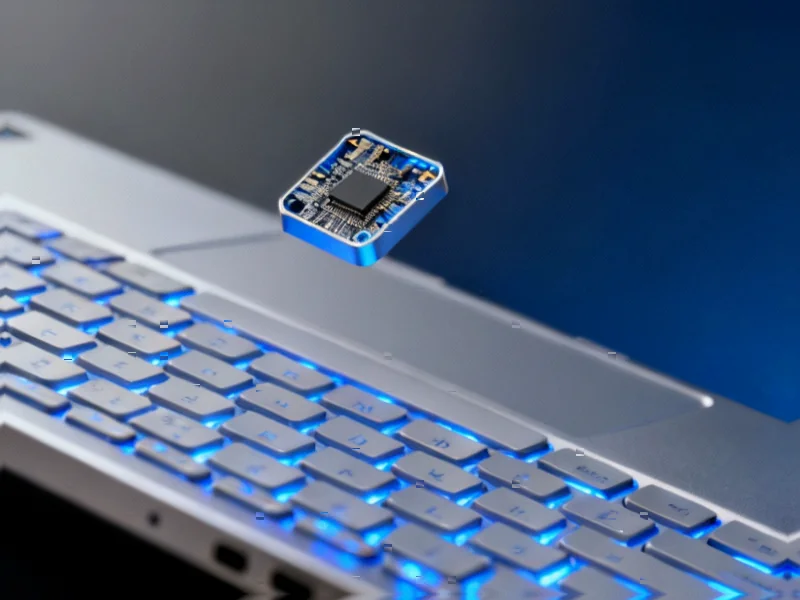According to DIGITIMES, Arm, AMD, and Nvidia have been appointed to the Open Compute Project board, joining major players including Meta, Google, Intel, and Microsoft to drive innovation in open AI data center designs. The companies are addressing unprecedented infrastructure demands as AI racks by 2025 are expected to match the computing power of 2020’s top supercomputers while consuming electricity equivalent to 100 US households. Arm has contributed its Foundation Chiplet System Architecture specification to OCP, creating a vendor-neutral framework for chiplet design. Notably, AWS remains absent from OCP activities, with industry rumors suggesting the company prohibits employee participation to avoid external design influences on its internally customized specifications. This industry shift toward collaboration reflects the immense challenges facing AI infrastructure.
Table of Contents
The Unprecedented Power Challenge
The scale of AI’s power consumption problem cannot be overstated. When we discuss AI racks consuming power equivalent to 100 households, we’re looking at approximately 1-2 megawatts per rack – a figure that would have been unthinkable just five years ago. This represents a fundamental shift in how we design and power data centers. Traditional air cooling becomes completely inadequate at these densities, requiring advanced liquid cooling systems that add complexity and cost. The industry is essentially racing against physics itself, as data center operators struggle to find locations with sufficient power infrastructure to support these massive AI deployments.
Why Competitors Are Collaborating
The participation of AMD, Nvidia, and Arm – typically fierce competitors – in the same standards body signals a recognition that no single company can solve AI infrastructure challenges alone. Each brings complementary strengths: Nvidia dominates AI acceleration, AMD excels in high-performance computing, and Arm powers efficiency-critical workloads. More importantly, they’re all facing the same physical constraints around power delivery, thermal management, and interconnect bandwidth. The chiplet approach represents a pragmatic solution where companies can specialize in their core competencies while ensuring interoperability through standardized interfaces.
AWS’s Strategic Isolation
AWS’s absence from OCP reflects a fundamentally different business philosophy. While other cloud providers see value in shared standards, AWS has built its competitive advantage through vertical integration and proprietary designs. Their custom Graviton processors, Nitro system architecture, and specialized AI chips represent billions in R&D investment that they’re understandably protective of. However, this isolation comes with risks. As AI infrastructure becomes more complex and expensive to develop, even AWS may find it challenging to maintain complete independence from industry standards, particularly in areas like chiplet interfaces where interoperability becomes essential for supply chain flexibility.
The Chiplet Revolution’s Timing
Arm’s contribution of the Foundation Chiplet System Architecture couldn’t come at a more critical moment. As monolithic chip designs approach physical limits in terms of yield and performance scaling, chiplets offer a path forward by allowing companies to mix and match specialized components. This approach enables what the industry calls “heterogeneous integration” – combining different process technologies optimized for specific functions like computing, memory, and networking on a single package. The timing is particularly important given that the semiconductor industry is facing increasing geopolitical tensions and supply chain fragmentation, making modular designs more resilient to disruptions.
The Road Ahead: Implementation Challenges
While the OCP announcements represent significant progress, the real test will come in implementation. Standardizing chiplet interfaces requires balancing competing interests – companies want interoperability but also seek to protect their proprietary advantages. We’ve seen similar challenges in other standardization efforts where the final specifications become so complex that they defeat the purpose of simplification. Additionally, the timeline for these developments is aggressive, with the 800V DC solution planned for 2027 alongside Nvidia’s Rubin Ultra platform. This leaves little room for error in an industry where delays are common and the competitive landscape evolves rapidly.



